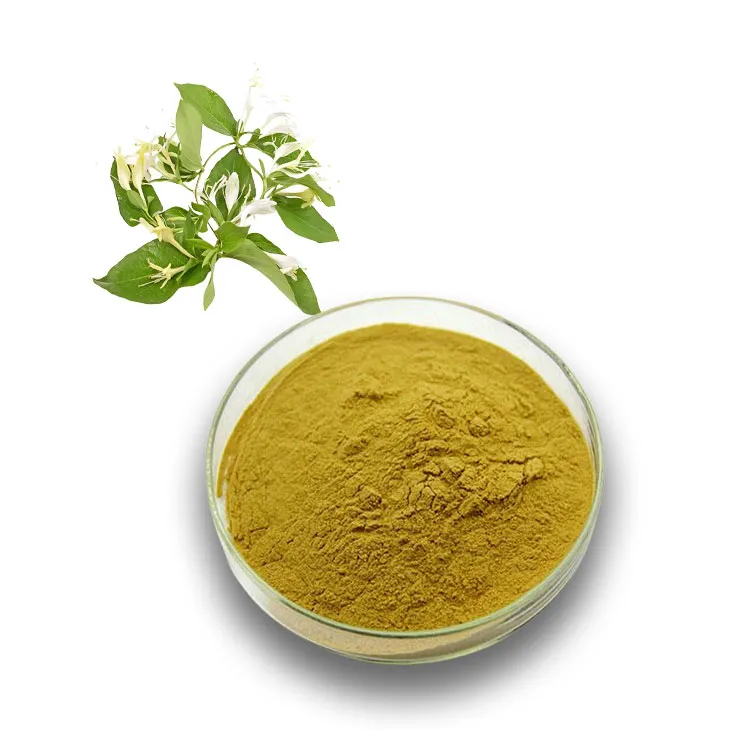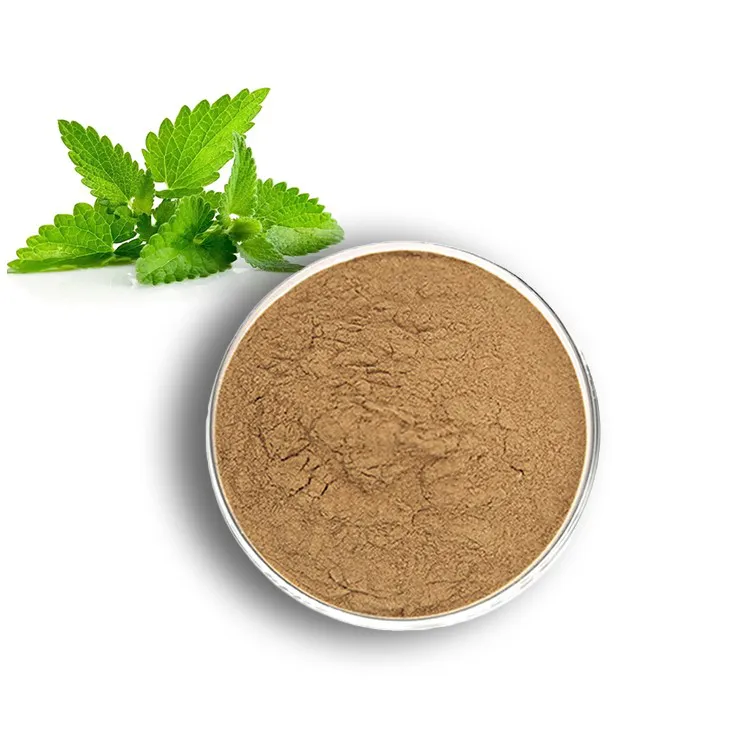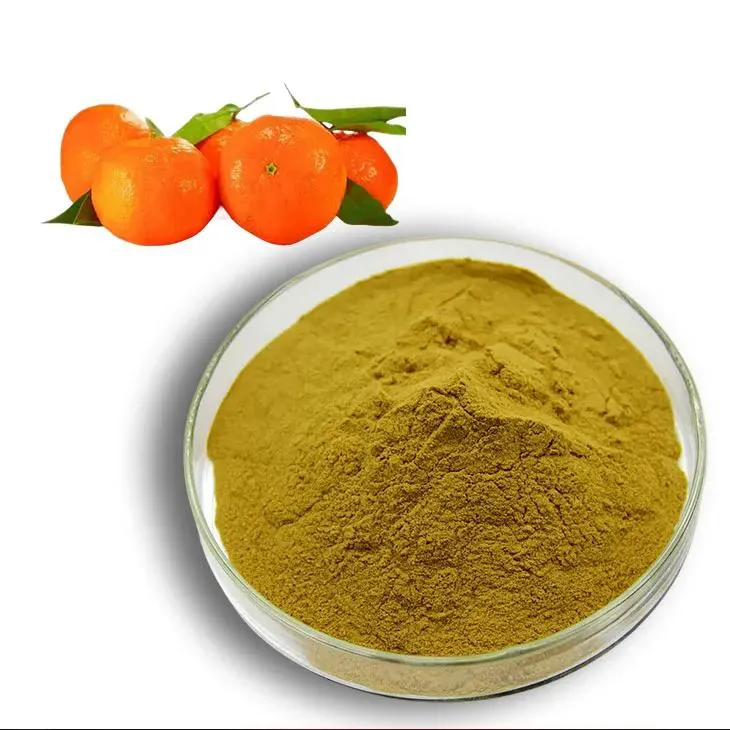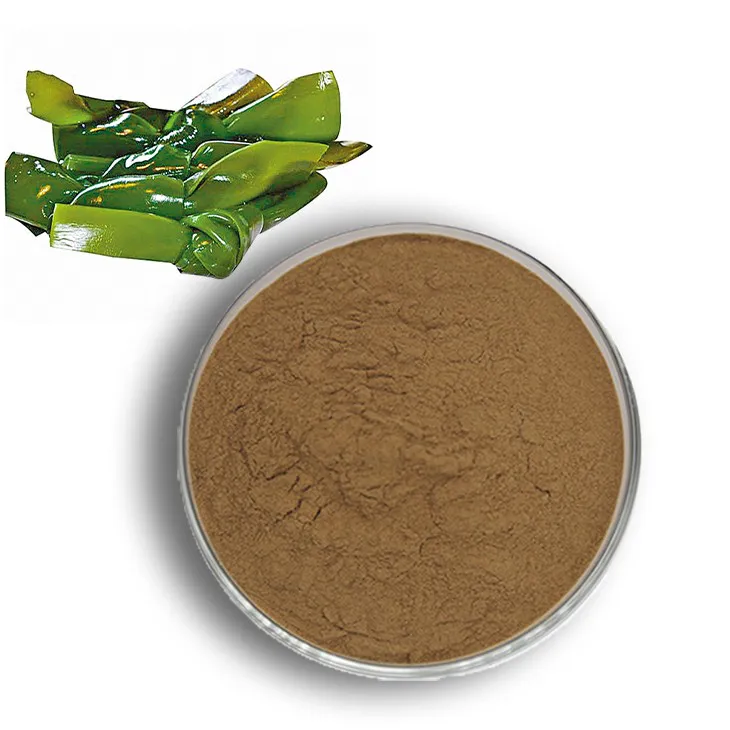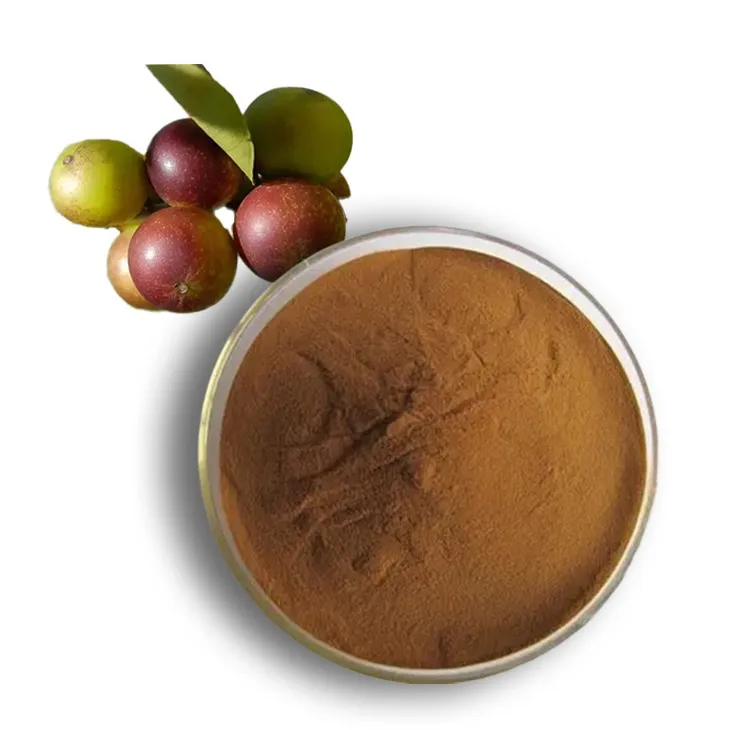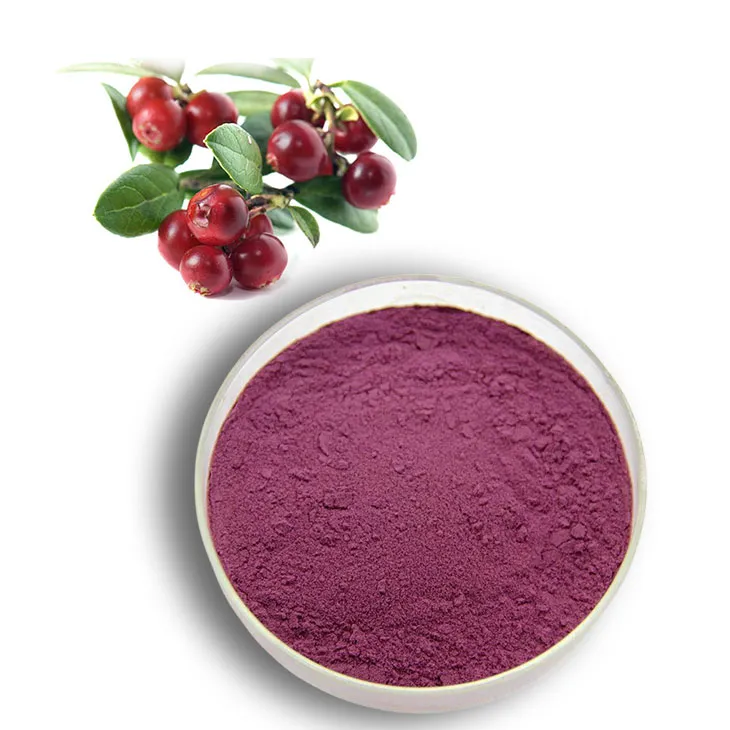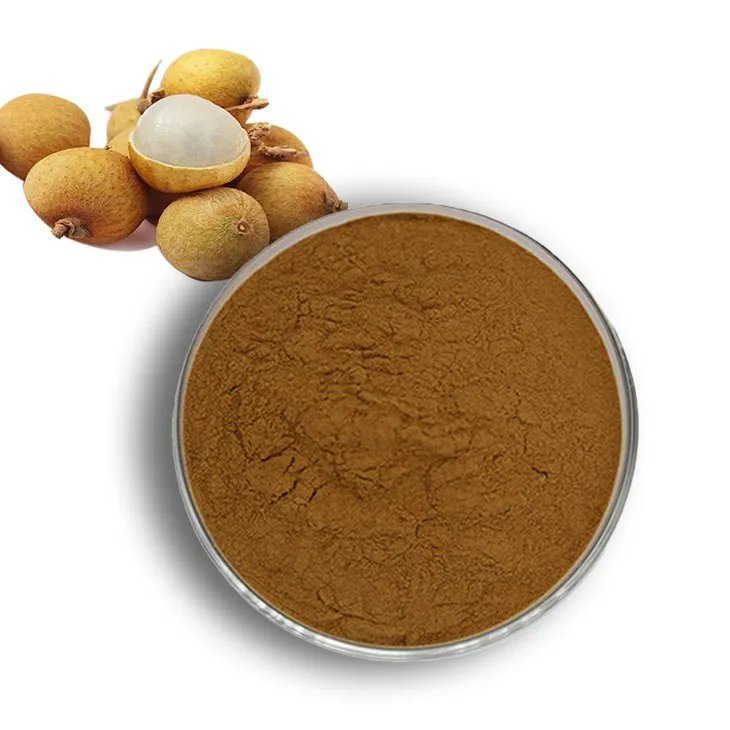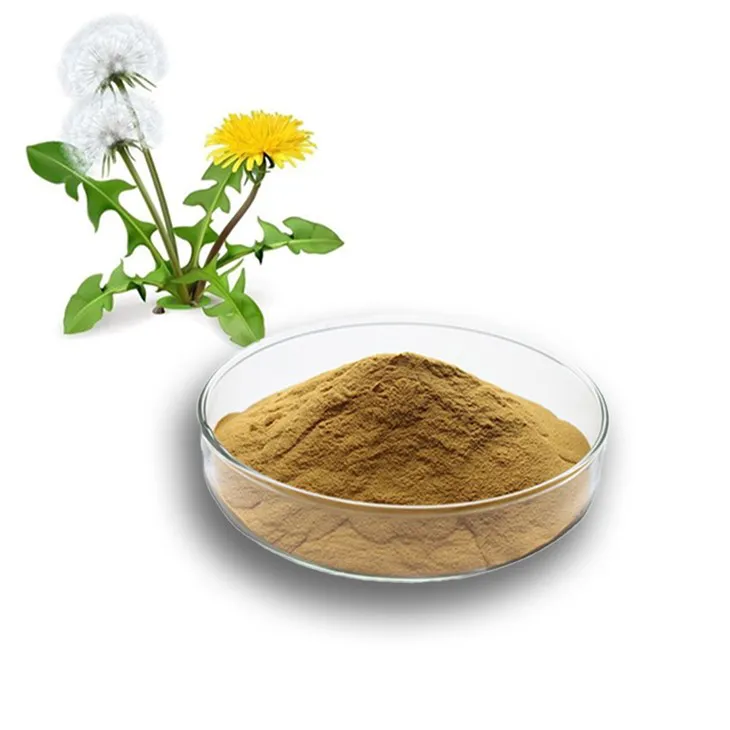- 0086-571-85302990
- sales@greenskybio.com
What is an Extracting Plant? A Comprehensive Overview
2025-06-20
An extracting plant is a term frequently encountered in industrial, agricultural, chemical, and environmental sciences. At its core, an extracting plant refers to a facility or system designed to isolate, recover, or obtain one or more specific components from a complex mixture, raw material, or natural source. Extracting plants play pivotal roles in a range of industries—food production, pharmaceuticals, mining, energy, and more—enabling the conversion of raw resources into valuable, often purified, end products. This article provides an in-depth look at extracting plants, covering their principles, types, examples, technological advancements, and their transformation of modern industry.Defining an Extracting Plant
The broadest definition of an extracting plant encompasses any industrial or engineered facility where extraction processes are the core objective. These operations aim to separate a desired component from a material matrix—be it a liquid, solid, or gas—via physical, chemical, or biological methods. Extraction can involve removing valuable constituents such as oils from seeds, minerals from ores, pharmaceutical actives from plants, or pollutant removal from wastewater.Extraction is one of the oldest chemical operations known to humans, dating back to ancient times when people first brewed herbal teas or pressed olives to obtain oil. With the advent of large-scale industrialization, extracting plants have evolved into highly sophisticated operations employing advanced process technology.
Principles and Processes of Extraction
Extraction processes form the heart of any extracting plant. These can involve a wide range of scientific and engineering principles, depending on the source material and the nature of the desired component. Typical extraction methodologies include:
1. Mechanical Extraction: Uses physical processes like pressing, filtration, centrifugation, or grinding. For instance, oil mills use mechanical presses to extract oil from seeds and nuts.
2. Solvent Extraction: Involves dissolving the targeted compound in a suitable solvent. For example, hexane is used to extract oil from soybeans in food processing; organic solvents extract flavors, fragrances, or active compounds in pharmaceutical and fragrance industries.
3. Chemical Extraction: Entails chemical reactions that separate components based on selective solubility or reactivity. Metallurgical plants use acids or bases to dissolve metals from ore; in water treatment, chemicals are added to precipitate contaminants for removal.
4. Biological/Enzymatic Extraction: Employs natural enzymes or microorganisms to liberate or transform specific compounds. This is commonly seen in the production of biofuels, pharmaceuticals, and food ingredients.
5. Advanced Techniques: Supercritical fluid extraction, microwave-assisted extraction, and membrane technologies are innovative methods increasingly adopted for efficiency, selectivity, and environmental benefits.
Major Types of Extracting Plants
Depending on the industry and materials handled, extracting plants can be broadly classified:
- Oil Extraction Plants:
Facilities specializing in extracting edible and industrial oils from seeds (e.g., soybean, sunflower, rapeseed), nuts, or fruits (e.g., olive oil production).
- Mineral/Metallurgical Extraction Plants:
Facilities that extract valuable metals (e.g., gold, copper, rare earth elements) from mined ore or industrial waste through chemical, electrochemical, or thermal processes.
- Food and Beverage Extracting Plants:
Include sugar mills extracting juice from cane or beets, plants extracting flavors and aromatics for beverages, or decaffeination plants that remove caffeine from coffee and tea.
- Pharmaceutical and Botanical Extraction Plants:
Specialize in isolating active ingredients from plants or other natural sources for medicines or supplements (e.g., essential oils, alkaloids, polysaccharides).
- Environmental Extraction Facilities:
Plants designed to remove harmful substances from water, air, or soils by extracting pollutants for treatment or safe disposal.
Key Stages in an Extracting Plant
While extraction systems vary, most extracting plants follow a similar process sequence:
1. Raw Material Preparation: Cleaning, size reduction, or pre-treatment to enhance extraction yield.
2. Extraction: Application of mechanical, solvent, chemical, or biological extraction technique to separate components.
3. Separation: Isolating the extract from the residue, often via filtration, centrifugation, or decantation.
4. Purification and Concentration: Further refinement or removal of impurities, often through evaporation, crystallization, or distillation.
5. Solvent or Byproduct Recovery: Recycling solvents and managing byproducts according to environmental standards.
6. Finished Product Handling: Packaging, storage, or further processing to create a marketable product.
Significance of Extracting Plants in Modern Industry
Extracting plants are foundational to virtually every modern manufacturing sector. They add value by transforming low-value raw materials into high-value end products, enabling circular economy initiatives (e.g., metal recovery from e-waste), and playing crucial roles in food security, energy transition, and environmental protection.
For example, the edible oil industry relies on extraction plants to meet growing global demand for vegetable oils; the pharmaceutical industry depends on highly controlled botanical extraction to supply medications; and the mining sector leverages large-scale metal extraction for infrastructure and technology development.
Environmental and Technological Considerations
Modern extracting plant operations are increasingly focused on sustainability. Solvent recovery, waste minimization, energy efficiency, and closed-loop systems are now standard considerations. Green extraction technologies—such as supercritical CO2 extraction and membrane processes—are gaining traction for their ability to reduce environmental footprint and ensure product purity.
Recent technological advances include process automation, real-time analytics, and digitization, which enhance quality control, process optimization, and safety management.
Conclusion
An extracting plant stands as a vital engine of industrial progress, transforming raw materials into key components for food, medicine, materials, clean energy, and environmental solutions. As demand rises for efficiency, product quality, and sustainability, extracting plants are poised for continuous innovation—adopting new technologies and best practices to meet challenges and opportunities of a rapidly evolving world.
- ▶ Hesperidin
- ▶ citrus bioflavonoids
- ▶ plant extract
- ▶ lycopene
- ▶ Diosmin
- ▶ Grape seed extract
- ▶ Sea buckthorn Juice Powder
- ▶ Beetroot powder
- ▶ Hops Extract
- ▶ Artichoke Extract
- ▶ Reishi mushroom extract
- ▶ Astaxanthin
- ▶ Green Tea Extract
- ▶ Curcumin Extract
- ▶ Horse Chestnut Extract
- ▶ Other Problems
- ▶ Boswellia Serrata Extract
- ▶ Resveratrol Extract
- ▶ Marigold Extract
- ▶ Grape Leaf Extract
- ▶ blog3
- ▶ Aminolevulinic acid
- ▶ Cranberry Extract
- ▶ Red Yeast Rice
- ▶ Red Wine Extract
-
Honeysuckle Pollen
2025-06-20
-
Lemon Balm Extract
2025-06-20
-
Citrus bioflavonoids
2025-06-20
-
Kelp Extract Powder
2025-06-20
-
Senna Leaf Extract
2025-06-20
-
Camu Camu Extract
2025-06-20
-
Marigold Extract
2025-06-20
-
Bilberry Extract
2025-06-20
-
Longan Extract
2025-06-20
-
Dandelion Leaf Extract
2025-06-20











